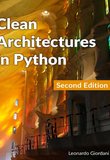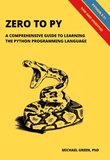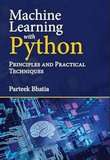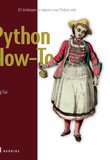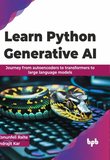-
.NET (.NET Core)
-
1C
-
APL
-
AWK
-
Agda
-
Agile/Scrum
-
Alef
-
Assembler
-
Basic
-
Beta Programming Language
-
Big Data/DataScience
-
C
-
C#
-
C++
-
CSS
-
Cobol
-
Crystal
-
D
-
Dart
-
DataBase (SQL)
-
Delphi
-
F#
-
Flutter
-
Fortran
-
GPT/AI/ИИ
-
GameDev
-
Git
-
Go (Golang)
-
HTML
-
Hacking and Security
-
Haskell
-
Java
-
JavaScript (JS)
-
Julia
-
Kotlin
-
Machine Learning (ML)
-
Natural language processing (NLP)
-
PHP
-
Pascal
-
Python
-
R
-
Ruby
-
Rust
-
Scratch
-
Swift
-
UML
-
UX/UI
-
Visual Basic
-
XML
-
АСУ
-
Проектирование/System Design
-
Сети/Network
-
Схемотехника/электронные схемы
-
.NET (.NET Core)
-
1C
-
APL
-
AWK
-
Agda
-
Agile/Scrum
-
Alef
-
Assembler
-
Basic
-
Beta Programming Language
-
Big Data/DataScience
-
C
-
C#
-
C++
-
CSS
-
Cobol
-
Crystal
-
D
-
Dart
-
DataBase (SQL)
-
Delphi
-
F#
-
Flutter
-
Fortran
-
GPT/AI/ИИ
-
GameDev
-
Git
-
Go (Golang)
-
HTML
-
Hacking and Security
-
Haskell
-
Java
-
JavaScript (JS)
-
Julia
-
Kotlin
-
Machine Learning (ML)
-
Natural language processing (NLP)
-
PHP
-
Pascal
-
Python
-
R
-
Ruby
-
Rust
-
Scratch
-
Swift
-
UML
-
UX/UI
-
Visual Basic
-
XML
-
АСУ
-
Проектирование/System Design
-
Сети/Network
-
Схемотехника/электронные схемы
Меню
Programming with MicroPython
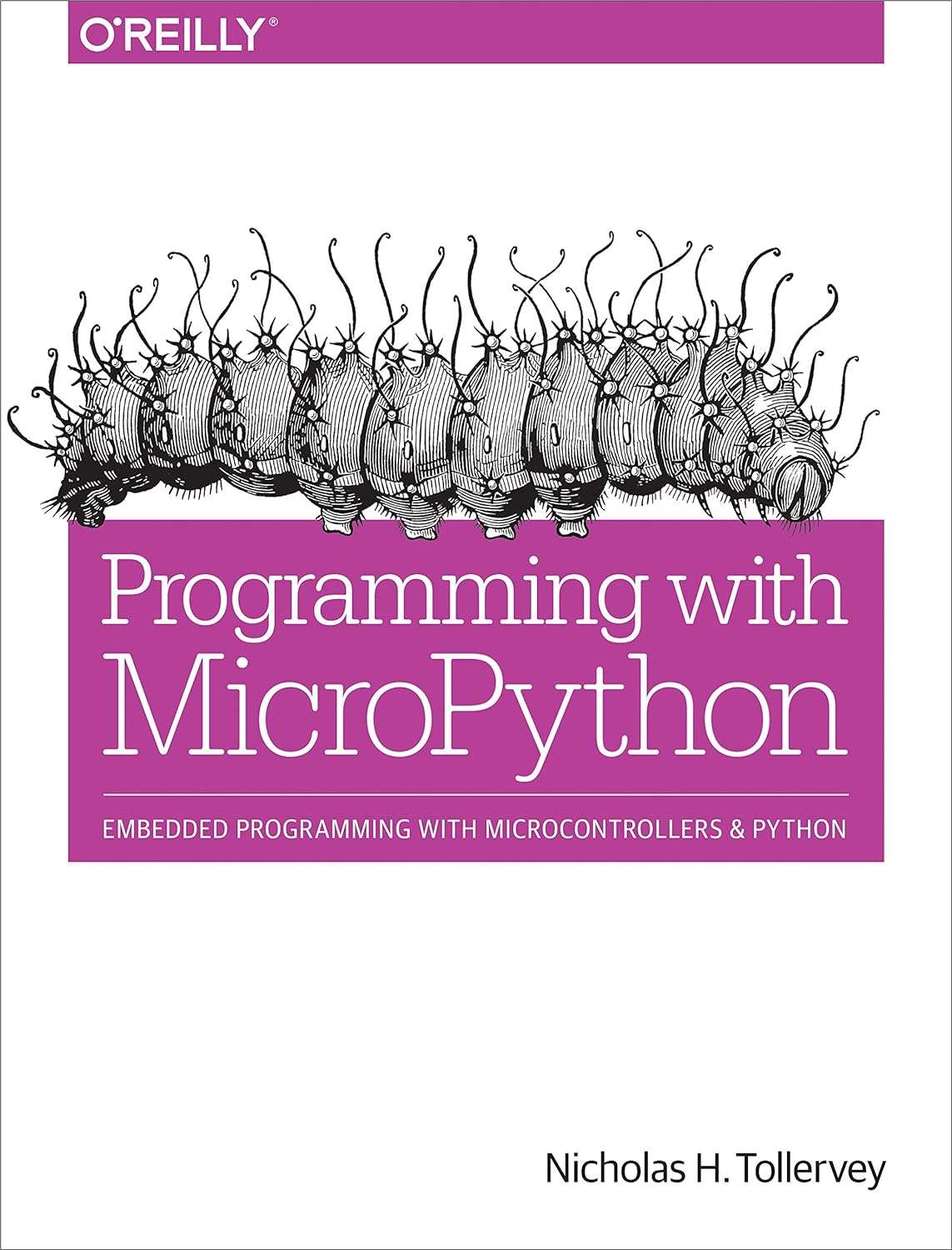
Автор: Tollervey Nicholas H.
Дата выхода: 2018
Издательство: O’Reilly Media, Inc.
Количество страниц: 288
Размер файла: 2,1 МБ
Тип файла: PDF
Добавил: codelibs
Foreword
Preface
Conventions Used in This Book
Using Code Examples
O’Reilly Safari
How to Contact Us
Acknowledgments
1. What Is MicroPython?
Why Micro?
Why Python?
MicroPython Genesis
Dive In!
2. PyBoard
The Hardware
Developer Setup
3. BBC micro:bit
The Hardware
Developer Setup
4. Adafruit Circuit Playground Express
The Hardware
Developer Setup
5. ESP8266 / ESP32
The Hardware
Developer Setup
ESP8266
ESP32
6. Thinking Embedded
Human Drives
Abilities of Enchantment
Steps on the Ladder of Enchantment
7. Visual Feedback
Blinkenlights
NeoPixels (Blinkenlights on Steroids)
Text, Images, and Animation
PyBoard Colour LCD Display
8. Input and Sensing
Buttons and Capacitative Touch
Accelerometers, Gestures, and Compasses
Sound, Light, and Temperature
Sensing with Peripherals
9. GPIO
Pins
UART
SPI
I2C
Miscellaneous GPIO Techniques and Protocols
10. Networking
Circuit Playground Express Infrared
The micro:bit Radio
ESP8266/32 WiFi
MQTT
11. Sound and Music
Bleeps and Bloops
Music
Speech
12. Robots
Trundle Bot
Racer Bot
13. Idiomatic MicroPython
The Zen of MicroPython
Memory
Performance
14. Next Steps
The Community
Going Deeper
Index
It’s an exciting time to get involved with MicroPython, the re-implementation of Python 3 for microcontrollers and embedded systems. This practical guide delivers the knowledge you need to roll up your sleeves and create exceptional embedded projects with this lean and efficient programming language. If you’re familiar with Python as a programmer, educator, or maker, you’re ready to learn―and have fun along the way.
Author Nicholas Tollervey takes you on a journey from first steps to advanced projects. You’ll explore the types of devices that run MicroPython, and examine how the language uses and interacts with hardware to process input, connect to the outside world, communicate wirelessly, make sounds and music, and drive robotics projects.
- Work with MicroPython on four typical devices: PyBoard, the micro:bit, Adafruit’s Circuit Playground Express, and ESP8266/ESP32 boards
- Explore a framework that helps you generate, evaluate, and evolve embedded projects that solve real problems
- Dive into practical MicroPython examples: visual feedback, input and sensing, GPIO, networking, sound and music, and robotics
- Learn how idiomatic MicroPython helps you express a lot with the minimum of resources
- Take the next step by getting involved with the Python community
